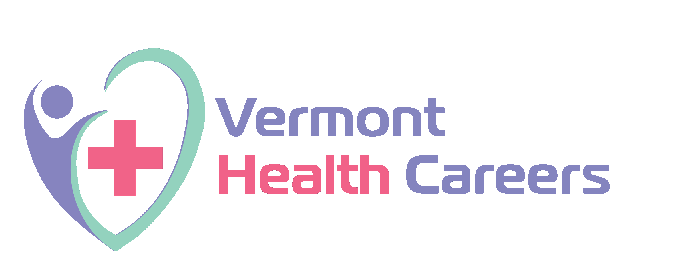I always felt like I missed my calling to be in medicine. I had graduated with a degree in therapeutic recreation, but when I couldn’t find the right job, I let my passion steer me to environmental education. Learning and teaching outdoors through experience rather than books and lectures still resonates with me. I believe that people learn best and retain more from tactile and kinesthetic experiences and through purposeful problem-solving interacting with others. Science centers, libraries, afterschool programs and summer camps have long used deep engagement and exposure to new perspectives as a way to open doors for the future.
John Dewey, a Vermonter and a leader in progressive education in the late 1800s, developed the concept of pragmatism, of “getting things done.” His work inspired many and helped to establish new ways of teaching. Experiential learning, the practice of engaging in hands-on, minds-on activities, work-based learning, and real-life problem-solving scenarios has evolved as an essential teaching strategy across many disciplines – including health care.
Many educators in health care adopt experiential teaching styles. An EMT, surgeon, or hospice nurse require keen observation, assessment, diagnosis, treatment and especially the ability to engage the patient in the problem-solving approach to care. Joann, a teen at a recent CPR training shared, “I’m a bit nervous learning this, but the more I practice, like, when I can hear the pace and feel the depth of my compressions, the better I get and I feel more confident.” Confidence comes from learning while doing, communicating about the lived experience, sharing ideas and trusting one’s emerging knowledge and skills. Said another participant in a heath career exploration program, “When I learned about surveying the scene it taught me to trust my instincts and act quickly”.
Experiential learning uses reflection as foundational element of learning. Professional health care workers must regularly reflect on the progression of care. The team must ask, how is the problem being addressed? How is the patient responding? What alternate solutions for treatment might give a better outcome? This iterative process of reflection is all part of the toolkit of experiential learning and teaching.
For anyone interested in becoming an educator, teacher, or trainer experiential learning can be a powerful tool. Look for courses where the instructor is offering in-person instruction – or at least a hybrid approach to gaining content. And what else is in the mix: Mentoring? Clinical skills sessions? Job shadowing? Internships? Another favorite Dewey quote, “Don’t give a child something to learn, give him something to do and the learning will follow.” What really resonates will become much clearer once you learn experientially.

